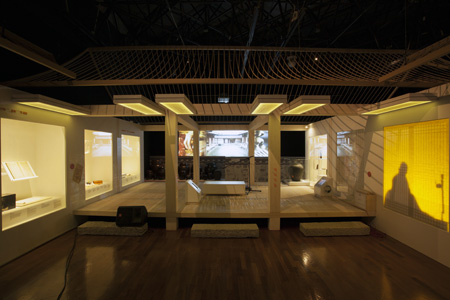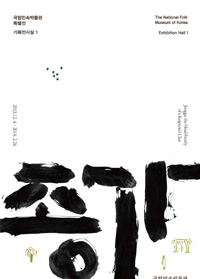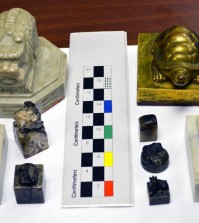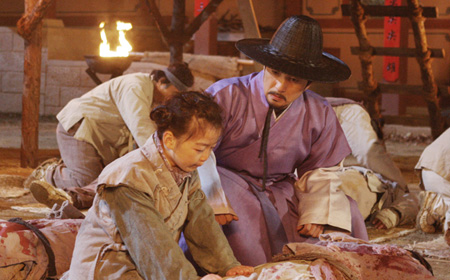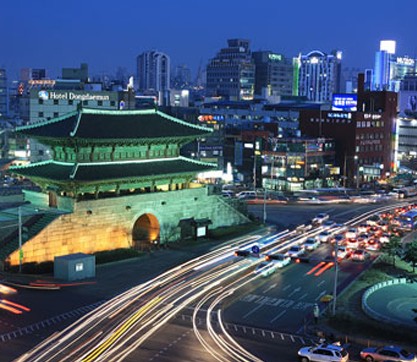- California Assembly OKs highest minimum wage in nation
- S. Korea unveils first graphic cigarette warnings
- US joins with South Korea, Japan in bid to deter North Korea
- LPGA golfer Chun In-gee finally back in action
- S. Korea won’t be top seed in final World Cup qualification round
- US men’s soccer misses 2nd straight Olympics
- US back on track in qualifying with 4-0 win over Guatemala
- High-intensity workout injuries spawn cottage industry
- CDC expands range of Zika mosquitoes into parts of Northeast
- Who knew? ‘The Walking Dead’ is helping families connect
Korea’s unique legacy of ‘jongga’
Folk museum offers deeper understanding of traditional family values
By Baek Byung-yeul
Korea’s “jongga” or head family of a respected clan is a concept that began to form in the Joseon Kingdom (1392-1910) era.
A jongga has performed a pivotal role in each village of the country as a community leader for more than 500 years.
Though it was almost on the brink of extinction with Korea’s modernization, the jongga families have survived right up to the present and have respectively made great contributions to local communities by spreading traditional Korean culture for generations.
To increase public awareness of the jongga’s traditional and cultural value, the National Folk Museum of Korea presents some 240 precious heritages of jongga families of the country in its special exhibition, titled “Jongga, the Head Family of a Respected Clan.”
“Currently, there are hundreds of jongga families all over the country. Among them, we picked out 22 well-known ones and displayed their family treasures,” Vanya Lee, the curator of the museum said.
The curator explained the key theme of the exhibition is “performing good deeds and respecting your parents.”
“Although all the jongga families have their own motto, those are the key themes that every jongga family have shared. And it best describes what they have contributed to our society,” Lee added.
The exhibition consists of a miniature of an ordinary jongga house. Entering to the exhibition hall, a huge parasol in the floor space attracts the audiences. The parasol, called “Maninsan” was a gift from the people to Lee Man-ki, a high-profile official of late Joseon period. His descendants have preserved the parasol as a symbolic heirloom of the family, and donated it to the museum in 2009.
“Receiving Maninsan from the people was a symbol of a benevolent official in the late Joseon period,” the curator said.
In the room area, each room represents a respective function: an ancestral rites shrine shows the procedure of the ceremony for worshipping their ancestors; a home school room displays catchphrases showing family mottos and ethnic codes of jongga; and a kitchen run by female members exhibits various foods the female members cook for family gatherings.
“The jongga families have always put their emphasis on sharing and caring with not only your family members but also neighbors around you,” the curator said.
“This is priceless, and we have a responsibility for transmitting this valuable cultural asset to our posterity.”
Besides displaying family treasures, the exhibition also offers lectures including courtesy lesson for youth.
The exhibition runs through Feb. 24, 2014. Located near exit 1 of Anguk Station, subway line 3. Admission is free. For more information, call (02) 3704-3114 or visit www.nfm.go.kr.







